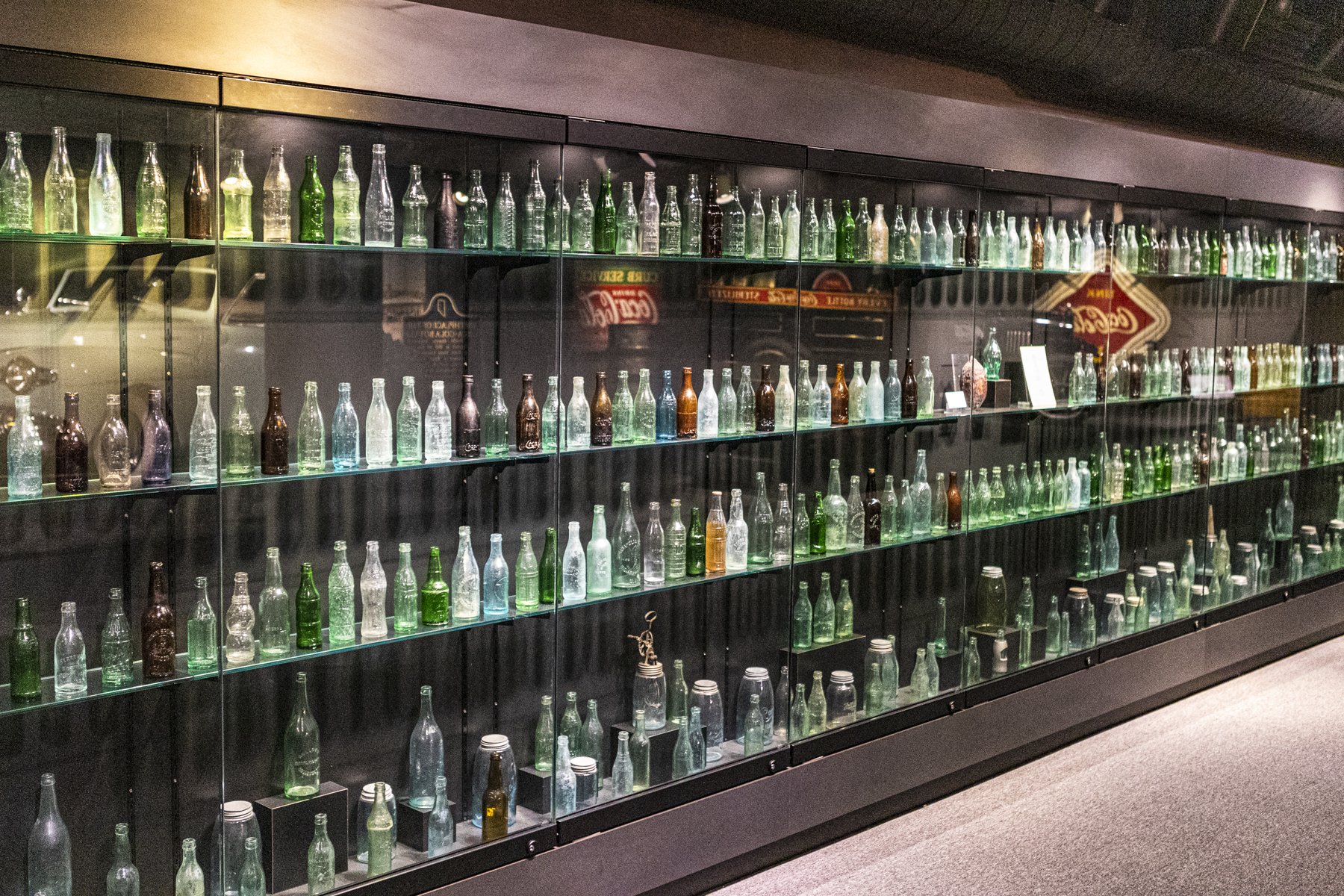
December 26 , 2021
MUSEUM OF ARTS & SCIENCES - MOAS
352 S Nova Rd, Daytona Beach, FL 32114
“The Museum of Arts and Sciences, often referred to as MOAS, is a museum in Daytona Beach, Florida, United States. The museum is a member of the American Alliance of Museums and an affiliate of the Smithsonian Institution. It is home to over 30,000 objects, making it one of the largest museums in central Florida.” Wikipedia
Early morning my plan for the day was to go to tour Daytona International Speedway and then take in a couple museums I had heard about in a YouTube video, and then possibly go to the beach if there was time. I felt tired as I finished the speedway tour and the thought crossed my mind to skip the museums and go straight to the beach. I am so glad I didn’t skip the Museum of Arts & Sciences (or the Art Museum I’ll show you next). MOAS, as it refers to itself, is a very diverse museum with a mix of permanent and temporary exhibits.
Probably the highlight of my visit was the Root Family Museum wing. You may not have heard of the Root family, but you’ve certainly know of what made them famous (and rich). The designed and trademarked the first Coca-Cola “hobbleskirt” bottle, they also made Mason jars before selling that portion of the business to Ball, Inc. The family ran a glass company in Indiana and then also got into bottling Coca-Cola. They transferred their operations to Daytona Beach which is why the museum is here. The Coca-Cola memorabilia was incredible. I left wanting to know more about the family.
MOAS also had early American furniture, African art, Chinese art, a prehistoric giant sloth skeleton, and an amazing temporary exhibit called Flora, Fauna, adn High Color: The Fantastic Florida Landscapes of Mark Messersmith. An unusual, but interesting room was called the Visible Storage, where hundreds of pieces of art, furniture, and other relics were displayed with no documentation in no particular order behind glass walls. A planetarium show was included with your admission.
I definitely would return to this museum.
The museum had one of the most orderly exhibits of African art that I have seen. Unfortunately for a photographer, most of the items were under glass enclosures and not easily photographed.
Giant Ground Sloth Skeleton
There were some random paintings hanging in the lobby and other areas of the museum. I'm really not sure why this piece caught my eye, but on inspection the piece is called "Iowa" by Walter C. Hartson, ca. 1920. The artist was born in Iowa.
The bottle and jar collection in the Root Family Museum.
The original "hobbleskirt" Coca-Cola bottle. The Root Glass Company of Terra Haute, IN won a design contest and later trademarked the Coke bottle design.
The "hobbleskirt" design was inspired by a cocoa pod.
The Root Family became one of the largest independent bottlers for Coca-Cola, and the family became very rich. They started collecting things...much of it to do with Coca-Cola.
Some of the early equipment used to make and bottle Coke.
Early vending machines.
Up until 1928 most people got Coke when went out, but then Coca-Cola started advertising "take-home cartons." The campaign did not have much success until 1932 Ida Bailey Allen, an authority on food and the home, published a book and recommended people serve Coca-Cola when they had guests. The endorsement gave a boost to sales of the six pack carrier. Of course, the Coca-Cola company helped sponsor the book.
The museum had a large collection of Coca-Cola memorabilia.
Court Cupboard, ca. Last quarter, 17th century.
Square Grand Piano by the Horatio Worcester Piano Company, ca. 1850.
Card Table, lyre motif, 1820-1840.
Cinderella's Arrival #1785; Lladro, Francisco Polope (artist); hard paste porcelain.
Part of the Visible Storage
Part of the Visible Storage
Part of the Visible Storage
Triangular Table with Winged Caryatids; first quarter 19th century.
Didn't find information about this chandelier, but thought it was beautiful.
Empire Clock; ca 1850; Tiffany and Company
FOX; ca. 2020; Mark Messersmith, Artist; Wood, acrylic, and mixed media.
Some of Messersmith's works.
BLUE AUTUMN; ca. 2020; Mark Messersmith, Artist; Oil on Canvas with Carved Wooden Accents.
Large Rose Medallion Temple Jar; ca. 1830; Ch'ing Dynasty (1644-1911).



























